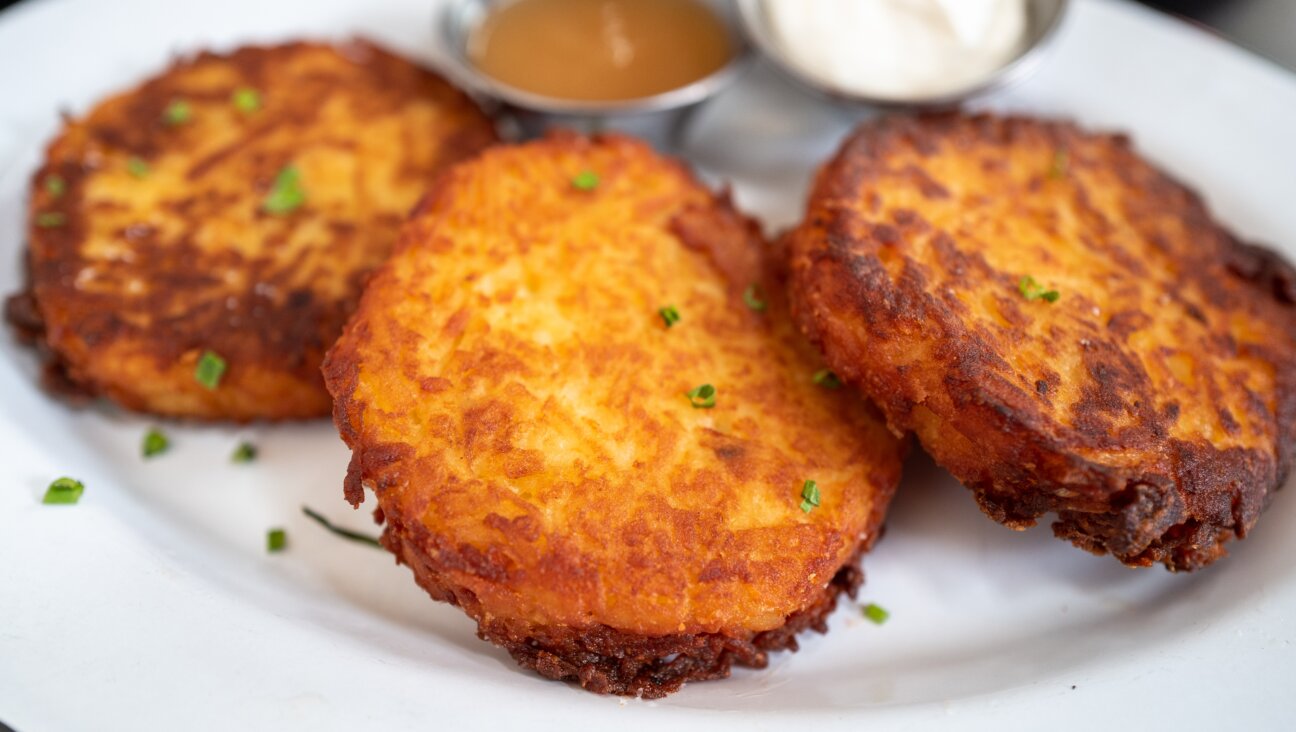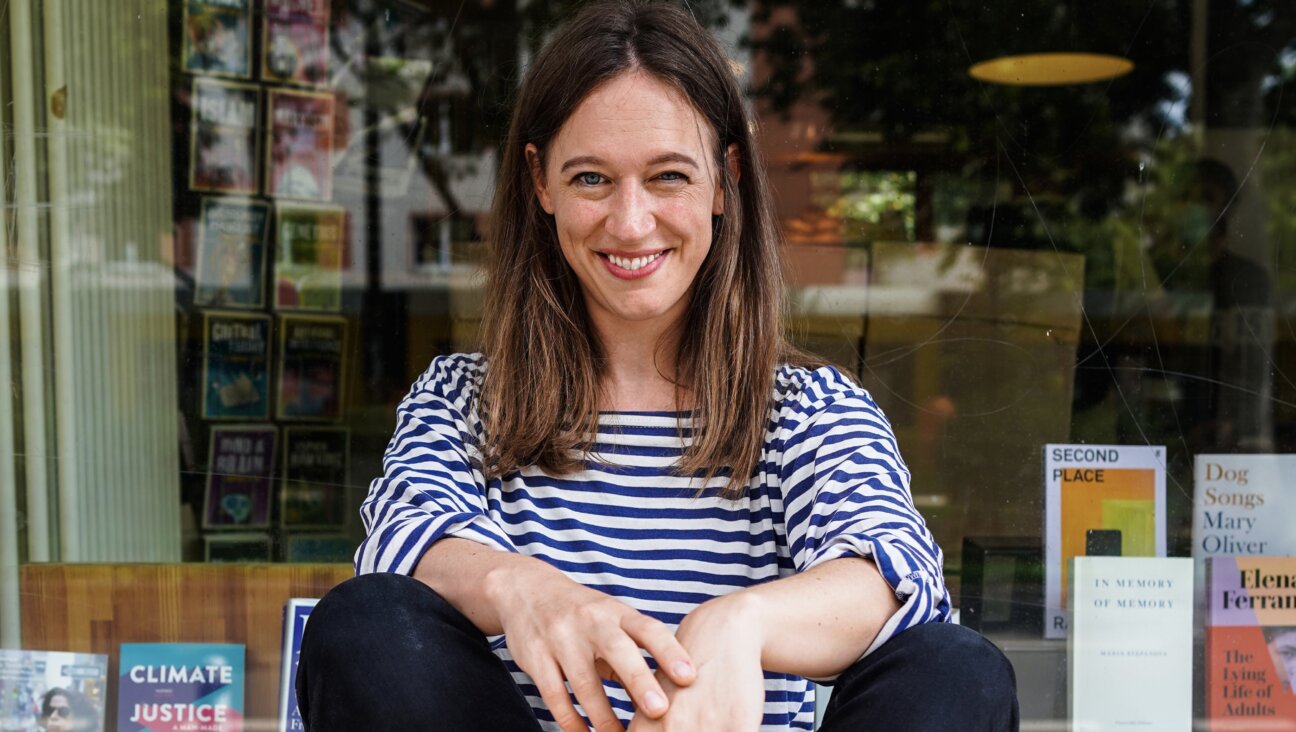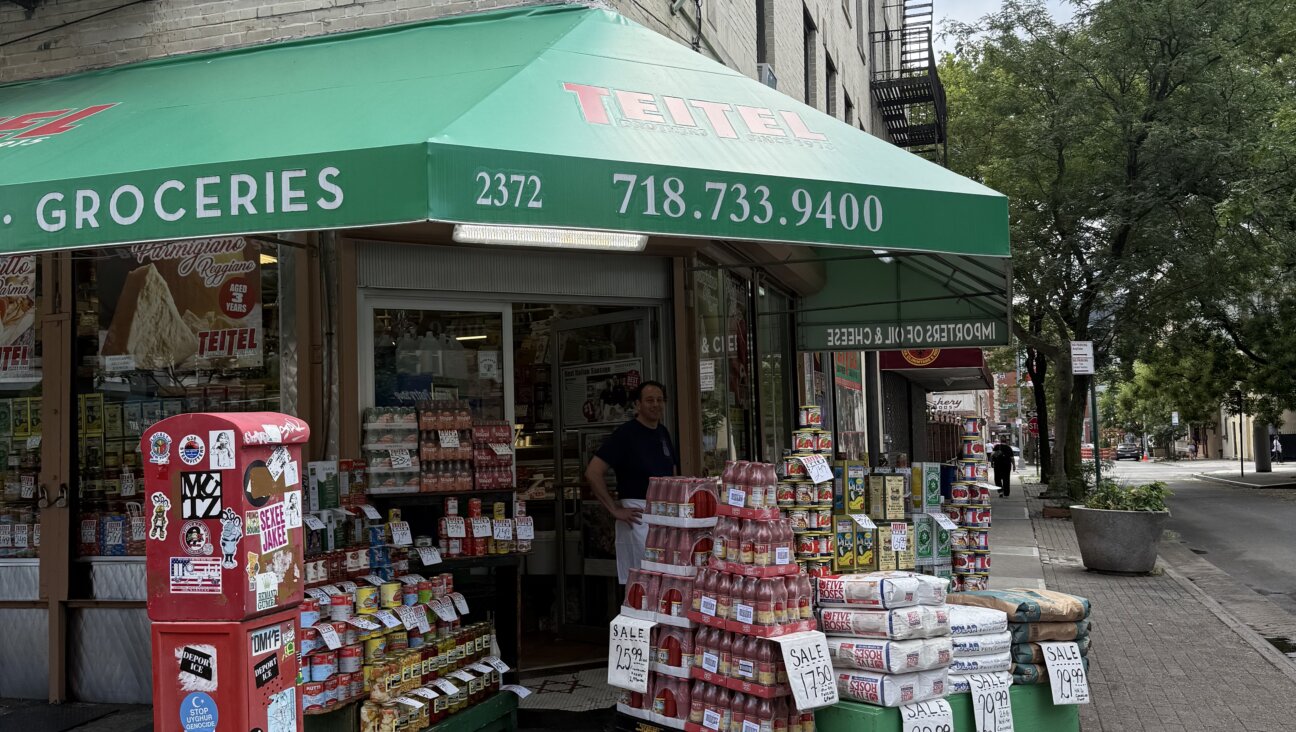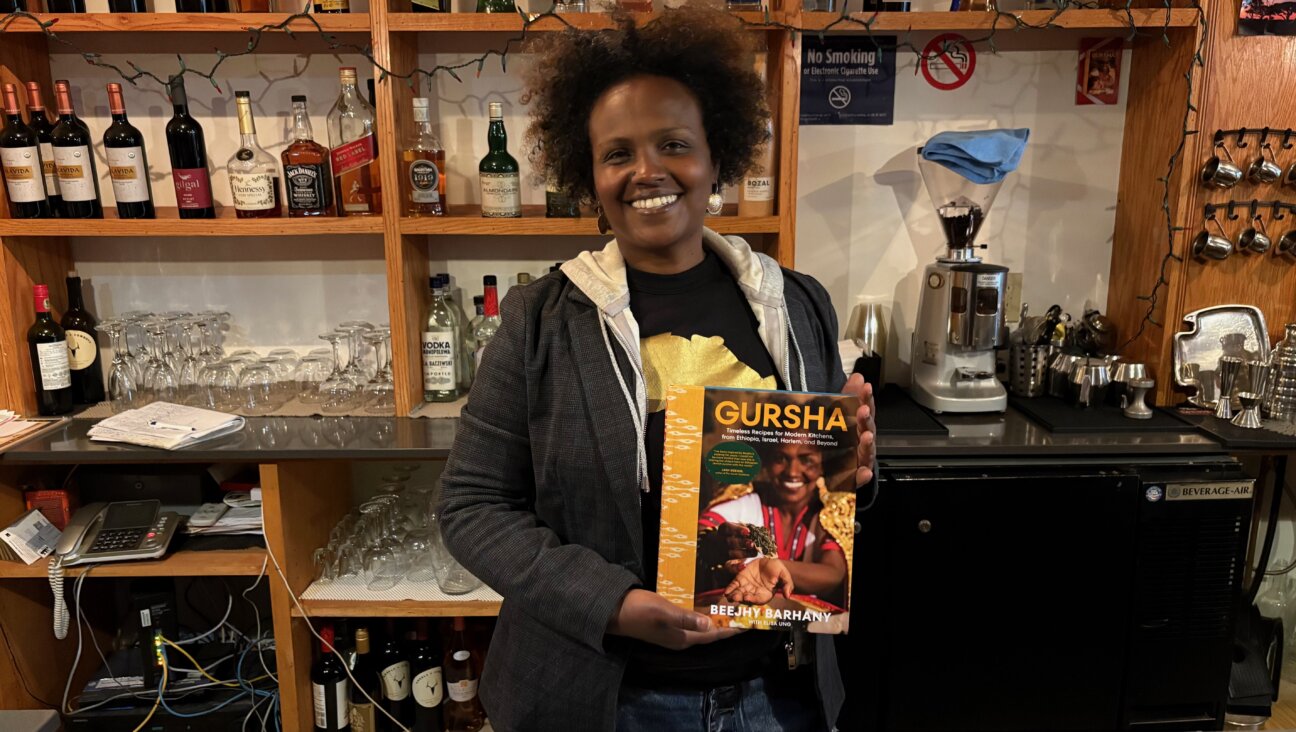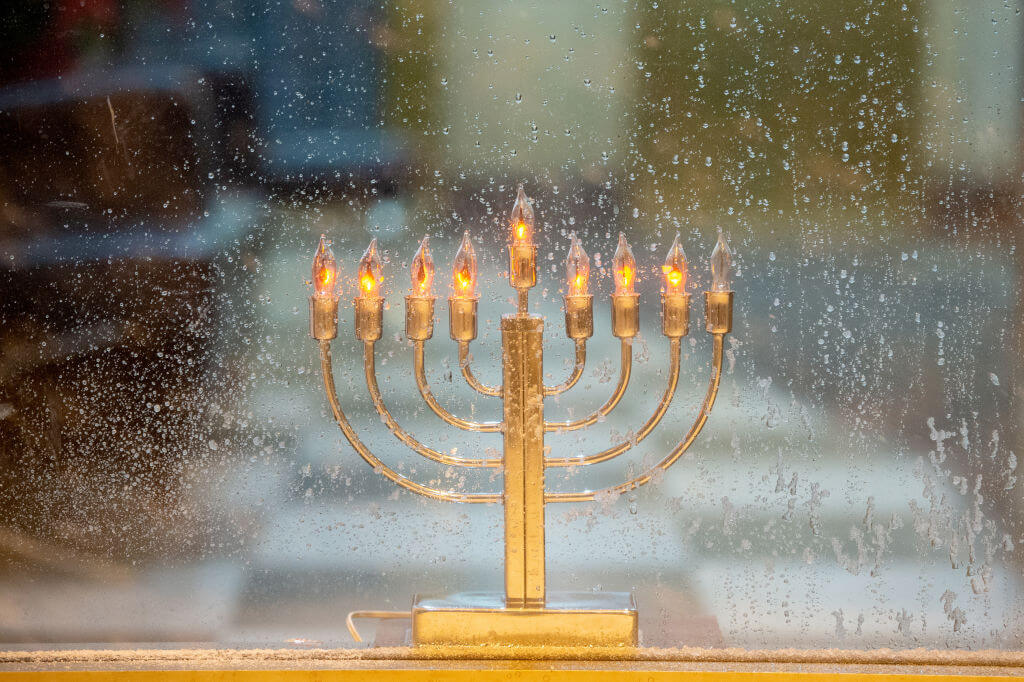Turning the Tables:

Graphic by Angelie Zaslavsky
My fondest memory of our Rosh Hashanah table is from even before we sat down to eat. As I was growing up, one of my chores on the Jewish New Year was to help set the table. Every year, as my mother would leave the plate of apples and honey on the table while she attended to some other kitchen task, I would sneak over and try to grab an apple slice off the pile, dip it in honey, and sneak out. The trick, of course, was making sure that pile of apple slices looked undisturbed. I had to choose my apple slice carefully, making the whole effort sort of like a fruit-base Jenga puzzle. Pulling on the right slice was crucial. Once I achieved success (yes! no one would know!) dipping it into the honey presented its own challenges. How to get the delicious bee-nectar out without spilling a drop on the white table cloth? It took a few years, but I mastered the art of rolling the apple slice just right so the honey would curl its golden fingers around the wedge like an infant reflexively grabbing his mothers finger. And then, crunch!
Where did the custom of dipping apples in honey come from anyway? The earliest sources I found regarding eating symbolic foods on the New Year are in the Talmud (Keritot 6a), but apples are not mentioned. Only dates from which honey could be extracted. Other foods included pumpkin, fenugreek, leeks, and beets, all symbols of fertility.
By the 1300s having apples and honey together seemed common in both Spain and Germany. In Spain, Rabbi Jacob ben Asher, also known as the Ba’al HaTurim, records having them on the table. (Siman 583) In Germany around the same time, Rabbi Alexander Suslin, also known as the Agudah also has it down as a custom. For both of these rabbis dipping apples in honey symbolizes having a sweet new year.
Some later interpretations include a more mystical spin. Taking from the Song of Songs, “Beneath the apple tree I aroused your love.” (8:5), on Rosh Hashanah, one of the penitential moments during services is to ask God to remember and have regard for the world. So using apples then, is a symbol of our relationship to God. Honey, represents this relationship. The psalmist says, “They will be fed the best of the wheat; and with honey from the rock, I will satisfy them” (81:17). The rabbis take this to be a symbol of Torah whose wisdom is like honey from the rock. Taking these two symbols together, along with the one who holds them, we find interplay between God, Torah, and Israel.
Devorah Brous, the director of Netiya, is organizing our 30 member institutions to change the food ecosystem of Los Angeles and to teach about the modern considerations for this holiday season. Despite the latest New York Times article reporting on the similar nutritional value of organic and conventional foods, conventional apples are still smothered in pesticides. More than forty different pesticides have been found on apples, according to the Environmental Working Group, making apples the number one culprit in the pesticide department. Eating certified organic apples would ensure that it’s not just honey your apple is dipped in this Rosh Hashanah.
Honey is also in trouble. According to beeunderstanding, every third bite of food we take was pollenated by a bee. Bees are as fundamental to our agricultural system as water and sunlight. According to a Purdue University study, insecticides that coat the kernels of common corn crops could be a major factor in the massive bee deaths in North America. If the trend continues, these bee deaths could seriously threaten not only the honey supply, but the entire food system.
All of this could be prevented if we pushed for more organic, locally grown food that does not endanger our environment or ourselves. On a spiritual level, when you dip your apples into honey, try to think of where your food came from in addition to thinking about the sweetness of the year to come. Who was the farmer? How long did it travel? Does it have pesticides? Were the workers paid fairly? How has your apples and honey affected the environment, God’s creation? Knowing and being satisfied with the answers to these questions – now that’s the sweetest thing.
Rabbi Noah Zvi Farkas of Valley Beth Shalom in Encino is the founder and president of Netiya, an L.A.-based network of Jewish organizations focused on food education for environmental and social justice. He can be reached at [email protected], and @RabbiNoah on Twitter
